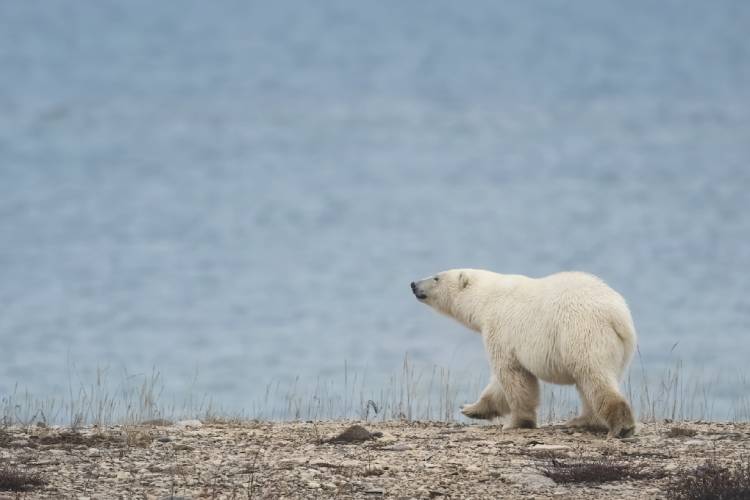Activity 5B: Explore

Photo: BJ Kirschhoffer / Polar Bears International
Mobilizing Your Community
Zoos and aquariums are unique among conservation organizations in that we are supported by vast communities that we regularly engage with both in-person and online. Our guests and followers represent the full demographic and political spectrum, united by one thing: they all love animals. In short, we are NOT “singing to the choir” when we talk about conservation. This presents a tremendous opportunity.
Relevance is key to the future for accredited zoos and aquariums. And to be relevant, we need to be more than just a fun and educational place to visit. Data shows that visible conservation advocacy improves guest satisfaction and is good for our brands.
Grassroots efforts
Of course, most guests don’t come to the zoo to be bombarded with petitions or pitches to engage in advocacy. To authentically and effectively connect with guests - we need to start where they’re at. Help guests feel safe about asking questions and let your conversation be guided by whatever they want to discuss. Start at a common place of fascination and wonder about the animals in your care, and see where it goes.
Online, grassroots advocacy is everywhere you look. Social media feeds, e-newsletter and websites are all asking us to do something. How do we rise above the noise? Maintain a welcoming voice, focus on the animal connection, and if appropriate, keep your tone positive and fun.
Community Partners
Partnering with local and regional organizations is an excellent way to expand your reach. Think of groups like grassroots advocacy organizations, land trusts, educational organizations, and regional chapters of NGOs (like The Nature Conservancy, Audubon Society, and Sierra Club). These are crucial in expanding your exposure and can also be valuable partners in connecting conservation education and advocacy from species and landscapes far away (represented by many zoo and aquarium exhibits) to those closer to home. In many cases, these groups already have robust policy and advocacy programs tightly tied into your community.
Strength in numbers
When zoos and aquariums join forces in advocacy, we can achieve big wins for wildlife. Just in the past few years, AZA zoos and aquariums secured more than $1 billion in COVID relief, $30 million for endangered species and we played a critical role in passing the Big Cat Public Safety Act. We can apply what we’ve learned to take collective action on climate.
AZA’s regional working group structure
Recognizing that not all of us have capacity to lead on advocacy and each of us operate in different political landscapes, AZA formed working groups to identify policy issues where we have consensus and can collaborate as a region.
The goals of this new regional working group include:
Sharing information and providing resources to enable members to mobilize efficiently on priorities (such as recruiting members of Congress to the Zoo and Aquarium Caucus, securing funding for the AZA community, advancing wildlife policy priorities, and influencing regulations that affect our work).
Identifying opportunities to collaborate within our region on our own shared conservation policy priorities.
Informal regional coalitions
Many of us already collaborate with colleagues from neighboring zoos and aquariums on a variety of efforts, from animal care to education. These coalitions can also be powerful advocacy forces to effect change within states. Here’s an example:
Following a tragedy involving a “roadside tiger photo op”, the seven AZA-accredited zoos in Kansas created an informal coalition to help bring an end to private big cat ownership in their state. Speaking with a collective voice, these zoos gave testimony in support of a big cat ban, successfully outlawing big cat ownership in Kansas. They’re called the KAzoos (what an epic name!) and continue to work together on issues affecting wildlife and animal welfare.
Many hands make light work, and our organizations can increase capacity for advocacy by collaborating. Examples of collaborative advocacy include joint op-eds, testimony, letters of support and social media campaigns.
Questions
What are some advocacy tactics you can integrate into your engagement with guests?
Are you already teaming up with other zoos and aquariums in your state or region?
How can you take those partnerships even further to support your shared education, conservation and climate goals?

Photo: Dave Sandford
Finished?
Continue on to Activity 5C–Reflect.










